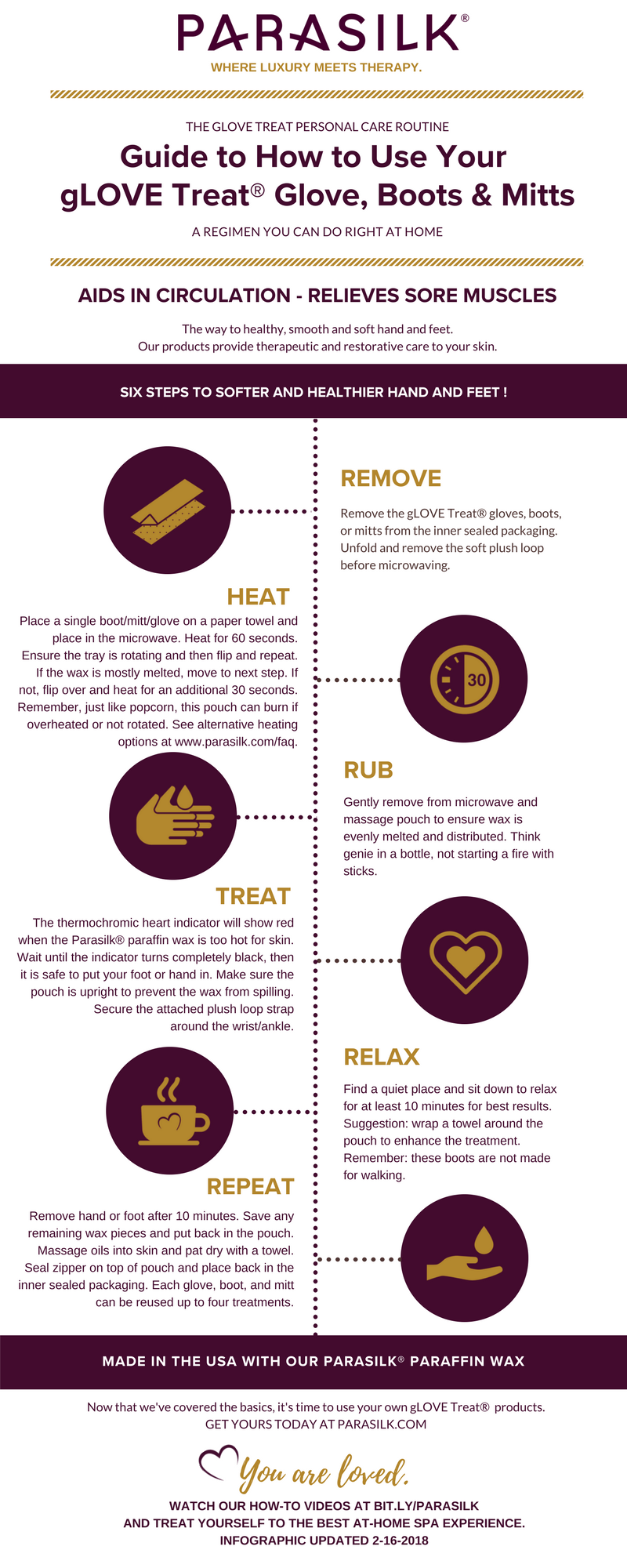Handling Lymphedema Therapy: Key Suggestions For Patients And Caregivers
Handling Lymphedema Therapy: Key Suggestions For Patients And Caregivers
Blog Article
Authored By-Dugan Hoppe
Navigating lymphedema therapy can feel frustrating, but you don't have to face it alone. Recognizing your condition and its signs is important for efficient management. By implementing vital techniques like compression therapy and customized exercises, you can take control of your health and wellness. So, what are the crucial elements of a durable monitoring plan, and how can you connect with others that share your journey? Let's check out these crucial facets with each other.
Understanding Lymphedema and Its Signs
Lymphedema is a problem that causes swelling, usually in the arms or legs, because of a build-up of lymph liquid. Life coaching for breast cancer survivors could see that arm or leg really feels larger or shows up larger than the other. This swelling can create gradually or occur all of a sudden after an injury or surgical procedure.
Besides noticeable swelling, you might experience discomfort, rigidity, or a sense of fullness in the damaged area. Skin modifications, like dryness or thickening, can also take place. If you're feeling discomfort or observing adjustments in your skin color, it's important to speak with a health care professional.
Identifying these symptoms early can help prevent a lot more serious issues down the line. Comprehending what lymphedema is and exactly how it affects you is the initial step towards effective monitoring.
Secret Elements of Effective Lymphedema Administration
When managing lymphedema, it's critical to focus on a couple of key components that can significantly improve your quality of life.
First, think about compression treatment; wearing compression garments helps reduce swelling by promoting fluid movement.
Second, take part in regular exercise tailored to your condition. This can boost blood circulation and strengthen muscular tissues.
Third, maintain proper skin care to stop infections; keep your skin clean and moisturized.
Furthermore, practicing hands-on lymph drainage strategies can help promote lymph circulation.
Finally, remaining educated concerning your problem and working together with health care specialists ensures you get on the appropriate track.
Equipping Clients and Caretakers: Support and Resources
Taking care of lymphedema efficiently often involves more than simply physical therapies; it's additionally concerning building a network of support. Integrative wellness coaching can encourage on your own and your caregivers by connecting with neighborhood support groups, on-line forums, and educational workshops.
These sources offer a risk-free space to share experiences, ask concerns, and gain understandings from others dealing with similar challenges. Don't wait to reach out to healthcare professionals for assistance; they can suggest trustworthy companies that use important info and support.
Additionally, think about discovering literary works, podcasts, or webinars focused on lymphedema administration. Keep in mind, you're not alone in this trip-- remaining notified and connected can make a considerable difference in your total health and quality of life.
Conclusion
To conclude, browsing lymphedema treatment can feel frustrating, yet you're not alone. By actively taking part in your monitoring strategy and using resources like support groups and instructional workshops, you can organize your health and wellness. Remember to prioritize compression therapy, exercises, and skin treatment, and don't be reluctant to reach out to health care specialists for personalized guidance. With each other, you and your caregivers can construct an encouraging community that enhances your quality of life and assists you prosper.
